As I mentioned last month, my Decoded column has a new question-and-answer format. If you have a code question you’d like to see answered in my column, you can submit it by visiting iDigHardware.com/decoded-qa.
This Decoded article will be published in the May 2023 issue of Door Security + Safety
.

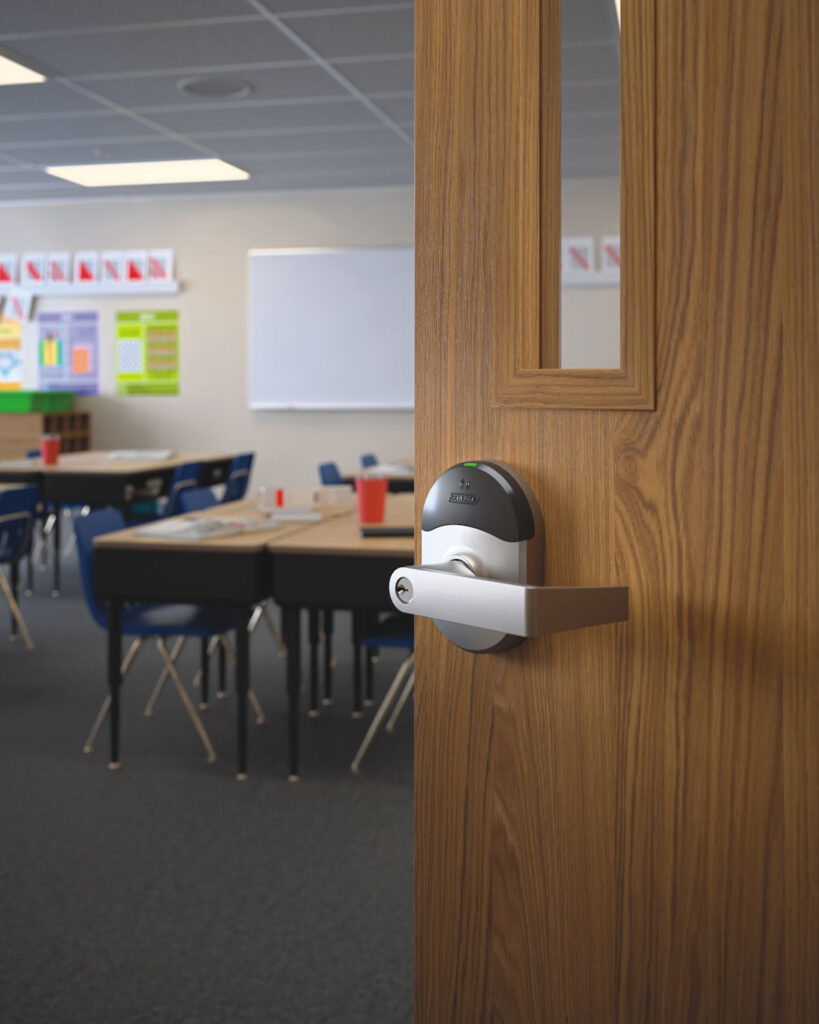 In the 2018 editions of the International Building Code (IBC) and the International Fire Code (IFC), sections were added to clarify requirements for locks used to secure doors in educational occupancies. These sections were carried forward into the 2021 editions of the I-Codes, with a few slight changes.
In the 2018 editions of the International Building Code (IBC) and the International Fire Code (IFC), sections were added to clarify requirements for locks used to secure doors in educational occupancies. These sections were carried forward into the 2021 editions of the I-Codes, with a few slight changes.
Question: How do the changes made to the 2018 and 2021 I-Codes affect the requirements for locks installed on classroom doors in K-12 schools and higher education facilities?
The 2018 changes to the model codes were motivated by the need to secure classroom doors against intruders; many of the “barricade devices” marketed to school administrators did not comply with the existing egress or accessibility requirements. When discussions about potential code modifications began, the first consideration was whether the code requirements should be relaxed, to allow security methods that restricted egress and/or were not operable in accordance with the accessibility standards.
Analysis of the statistics demonstrated the need to maintain the existing code requirements for fire protection and egress. According to reports from the Federal Bureau of Investigation (FBI): Active Shooter Incidents in the United States, between 2010 and 2020 there was an average of approximately 4 active shooter events in educational occupancies per year. In comparison, based on reports from the National Fire Protection Association (NFPA), there were approximately 4,800 fires per year in schools and other educational facilities during the same period. Although classroom security is crucial, life safety must be maintained as well.
The decision was made to maintain the existing code requirements for egress, fire protection, and accessibility, while helping to ensure security as well as authorized access. The sections included in the 2018 editions of the IBC and IFC address Group E (educational) and Group B (business) occupancies; college and university classrooms are often classified as Group B. The 2021 editions added Group I-4 – day care facilities to these sections. The requirements for locking arrangements in educational occupancies apply to egress doors serving classrooms, offices, and other occupied rooms. The model codes do not require these doors to be lockable, but if doors are equipped with locks or other security devices, they must comply with the applicable code section.
The IBC and IFC include four basic requirements for these doors:
- The door must be able to be unlocked from outside of the room with a key or other approved means. The word “approved” is defined in the I-Codes as “acceptable to the building official.” The requirement for authorized access is a change from prior editions of the codes and was motivated by the need for school staff and emergency responders to enter a locked room without delay. In addition to the potential for barricading and hostage-taking during an active shooter event, there are everyday security concerns. For example, according to the National Center for Education Statistics Report on Indicators of School Crime and Safety (2020): “in 2019, students ages 12–18 experienced 764,600 criminal victimizations at school.” During a fight, sexual assault, or other incident, immediate authorized access is critical.
- The door must meet the egress requirements of the code section entitled “Door Operations.” This includes hardware that unlatches the door for egress with one releasing motion, with no key, special knowledge or effort, with releasing hardware mounted between 34 inches and 48 inches above the floor (some state codes and standards have more restrictive mounting height limits). To meet the accessibility requirements, the door hardware must be operable without tight grasping, pinching, or twisting of the wrist. If the calculated occupant load of the room is 50 people or more, the door must be equipped with panic hardware. These requirements ensure that the security methods implemented for classroom doors meet the same life safety requirements that apply to other doors in a means of egress. The section notes that operation of the locks from a remote location is acceptable, however, the hardware must comply with the egress requirements as well as being unlockable from the outside with a key or other approved means.
- No modifications shall be made to listed panic hardware, fire door hardware, or door closers. Door hardware is tested and certified to specific standards to ensure that it will operate properly throughout the lifetime of the door opening. The intent of the requirement limiting modifications is that the door hardware will not be altered in a way that could affect the operation or the listings. Some types of barricade devices are designed to attach to panic hardware, locksets, latchsets, or door closers, and this section of the I-Codes clarifies that modifications needed for this purpose are not acceptable.
- Alterations made to fire door assemblies must comply with NFPA 80 – Standard for Fire Doors and Other Opening Protectives. This clarification was added to the 2021 editions of the I-Codes. The NFPA 80 standard includes limitations for job site preparations and field modifications that may be made to existing fire door assemblies. Typically, round holes are allowed to be drilled in existing fire doors to accommodate new hardware, but each component of the fire door assembly – including retrofit locking devices – must be listed for use on a fire door. The I-Codes require swinging fire door assemblies to be tested in accordance with either UL 10C – Standard for Positive Pressure Fire Tests of Door Assemblies or NFPA 252 – Standard Methods of Fire Tests of Door Assemblies (conducted using the positive pressure method).
The requirements of the IBC and IFC addressing security for doors serving classrooms and other occupied spaces in educational occupancies are not much different from the requirements for other doors in a means of egress. The exception is the prescriptive requirement for authorized access with a key or other approved means. However, it was important to re-state the limitations in a separate section, to clarify the intent of the I-Codes regarding retrofit locking devices for schools. NFPA 101 – Life Safety Code includes a similar section with slightly different requirements, and some state and local codes and standards have been modified to address these doors, so refer to the adopted codes for specific information. In addition, remember that these doors must also comply with the federal Americans with Disabilities Act (ADA) Standards for Accessible Design.
You need to login or register to bookmark/favorite this content.

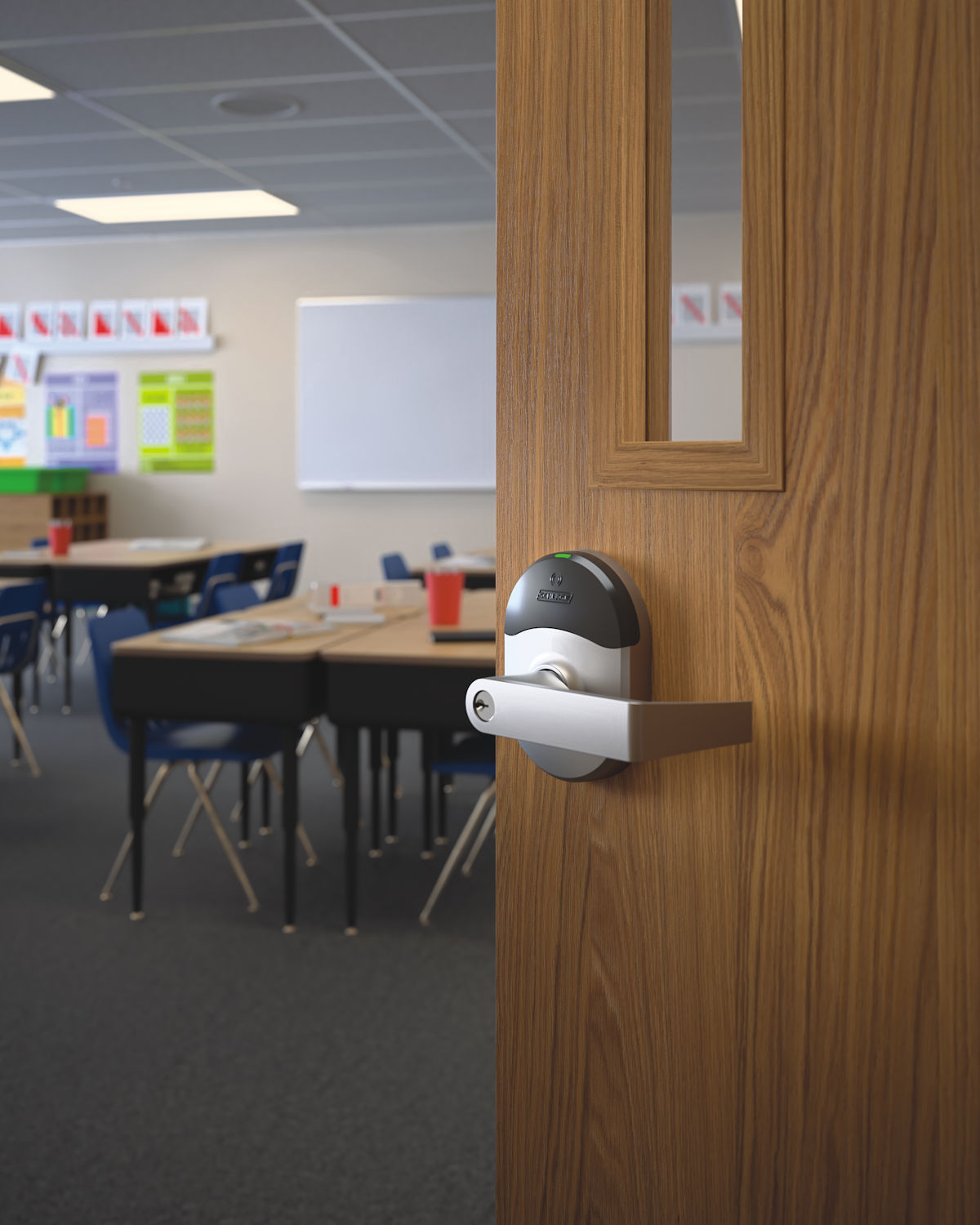
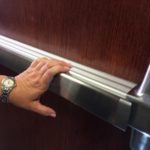

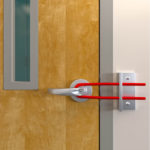
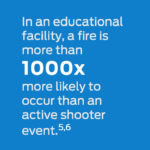

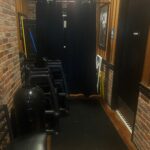

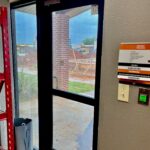
Great overview as usual. What I codes govern the yearly test procedure, and can you address that in a post. May be cool to have a video that shows how its done?
Hi Jim –
Which yearly test procedure?
– Lori
Such amazing information you have, to give others. Thanks for enlightening us about it. Please keep sharing such information, that ensures the security of our properties.